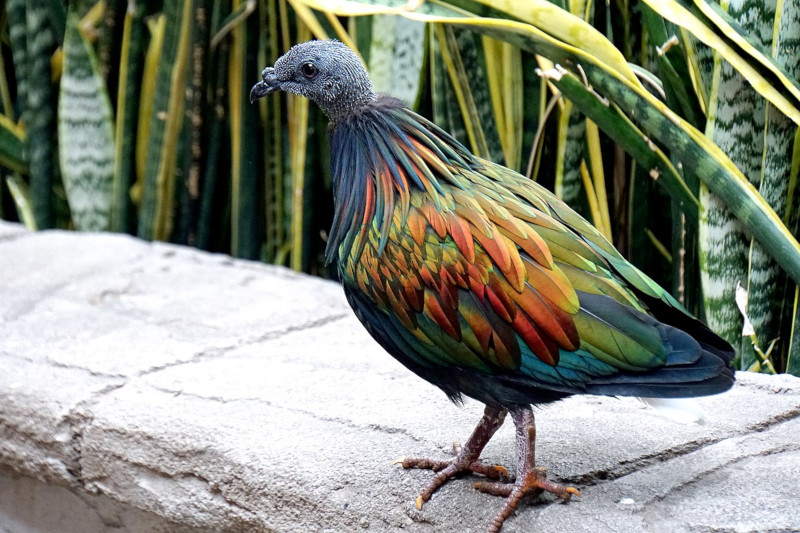
Nicobar Pigeon Facts
- Perhaps most notably, the term of Nicobar Pigeon serves as the generally accepted common name of a highly distinctive species of pigeon. This truly amazing bird typically remains better known to researchers by its scientific name, however.
- That moniker, somewhat unfortunately however, is the comparatively difficult to pronounce term of the Caloenas nicobarica. Regardless of which of these names one uses to refer to it, though, the animal represents a legitimate wonder of Nature.
- This occurs partly due to one especially impressive statistic that’s not readily apparent. The animal constitutes the closest known remaining relative of two now extinct birds. More precisely, those birds were the Rodrigues solitaire, and the infamous dodo.
- Incredibly, the first known sighting of the remarkable bird by someone from outside of its native range only occurred in 1738. That’s because, at that time, the respected English naturalist Eleazar Albin made note of the distinctive animal.
- The first official recognition of the colorful Nicobar Pigeon as a separate and distinct species, however, took place in 1758. At that time, the renowned Swedish naturalist Carl Linnaeus noted the fascinating bird in his updated Systema Naturae.
- In modern times, the IUCN now lists it as Near Threatened, on its Red List of Threatened Species. For the moment, though, the animal faces several threats. Its most pressing danger nonetheless likely comes in the form of ongoing climate change.
Related Articles
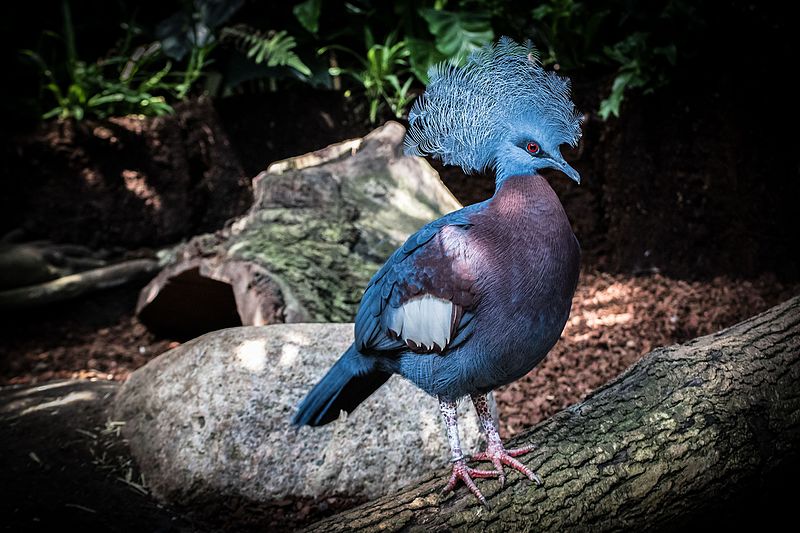
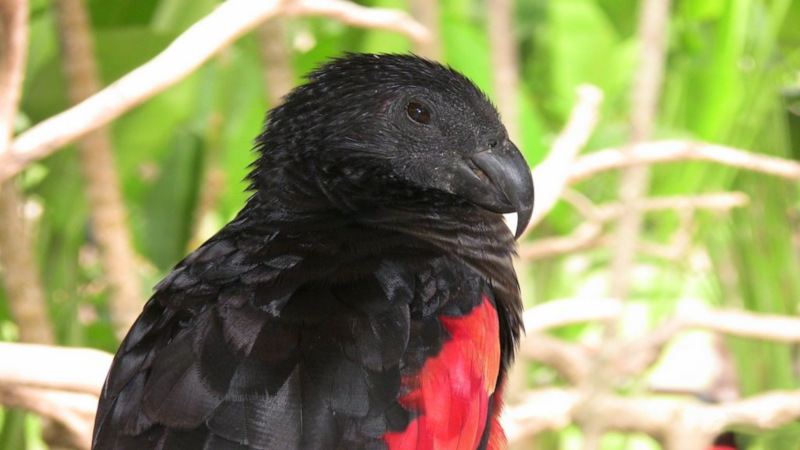
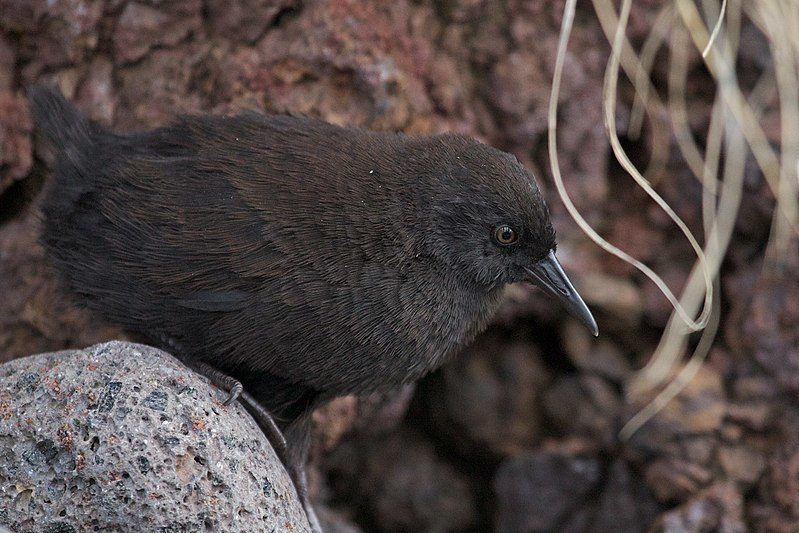
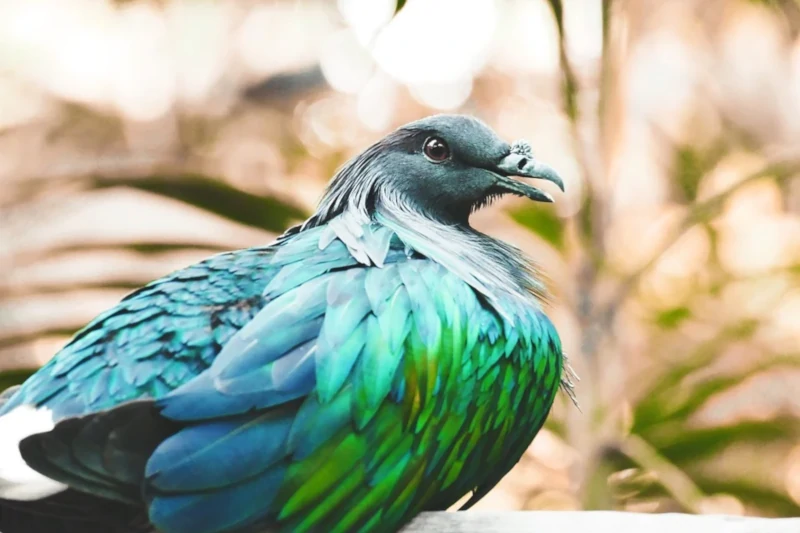
Nicobar Pigeon Physical Description
Obviously, the visually magnificent Nicobar Pigeon qualifies as an impressive form of pigeon. But, it does so for more than just its quite distinctive appearance. That holds true due to the fact that the beautiful bird also ranks as one of the larger known varieties of pigeon.
In addition to this, like many related creatures, it displays a moderate degree of the physiological trait of sexual dimorphism. In this specific case, however, that characteristic most notably manifests itself in terms of the sheer physical size of the creature.
That holds true because of the fact that males of the species attain a slightly greater average size than the females do. Nonetheless, an overall average mature adult of this stunning species equals a remarkable body length measuring approximately 16 in (40 cm).
Otherwise, both genders of the Nicobar Pigeon appear the same. The tails develops as short, and a white in color. The head appears gray, and the upper feathers change to a green and copper-like hue. The rest of the body typically presents varying shades of metallic green.
- Kingdom: Animalia
- Phylum: Chordata
- Class: Aves
- Order: Columbiformes
- Family: Columbidae
- Genus: Caloenis
- Species: C. nicobarica

Nicobar Pigeon Distribution, Habitat, and Ecology
Quite unfortunately, the uniquely gorgeous bird known as the Nicobar Pigeon inhabits a relatively scattered range of the world. That holds true because, though its habitation range covers a reasonably moderate area, it only appears in isolated concentrations.
As its name implies, its greatest concentration appears in the Nicobar Islands, which forms a part of the country of India, in Asia. Other concentrations of its population also appear along mainland India, in the Malay Peninsula, the Solomon Islands, and Palau.
Given its range, its preferred habitat likely comes as no surprise. In point of fact, it appears almost exclusively in regions of tropical rainforest. Within this range, with the exception of those along the continental coast, the animal migrates from island to island.
The gorgeous Nicobar Pigeon evolved a diet similar to many, though not all, pigeons. In its specific case, the magnificent bird feeds primarily on a combination of fruit, buds, and seeds. The animal is also attracted to any area where sufficient grain is readily available.
Species Sharing Its Range

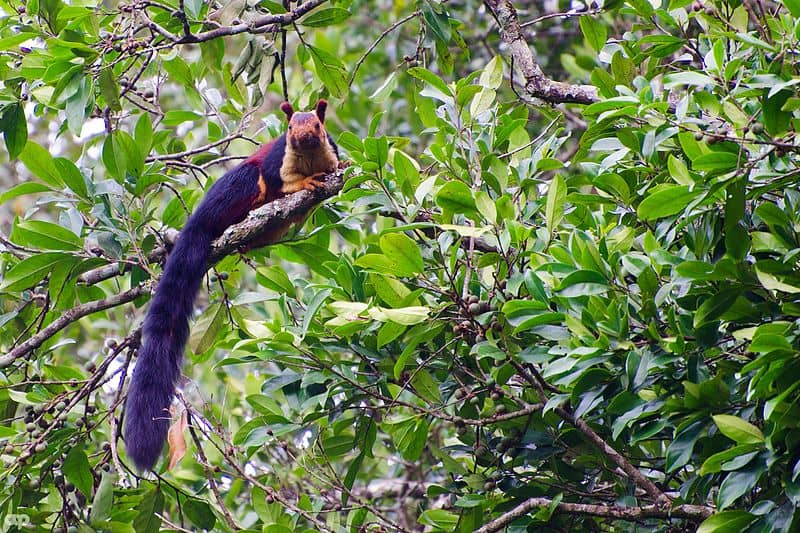
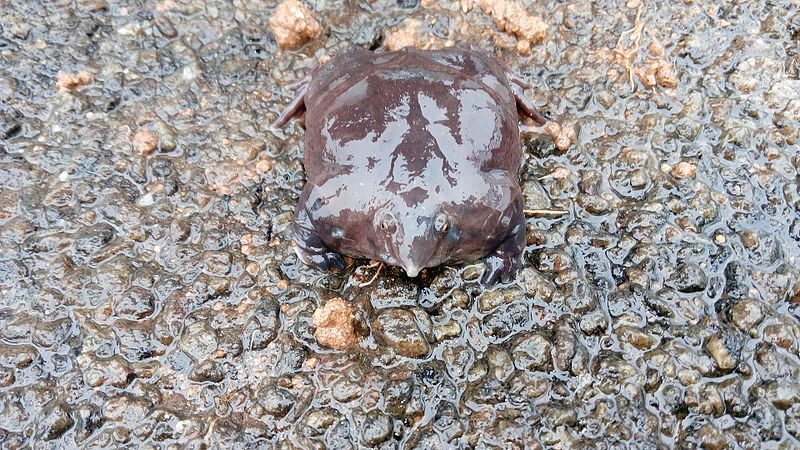
Check out our other articles on 8 Incredible Asian Mammals, Wollemi Pine, Le Morne Brabant, Velvet Belly lanternshark, Violet Carpenter Bee, Chamois, Spiny Butterfly Ray, Walrus









Leave a Reply